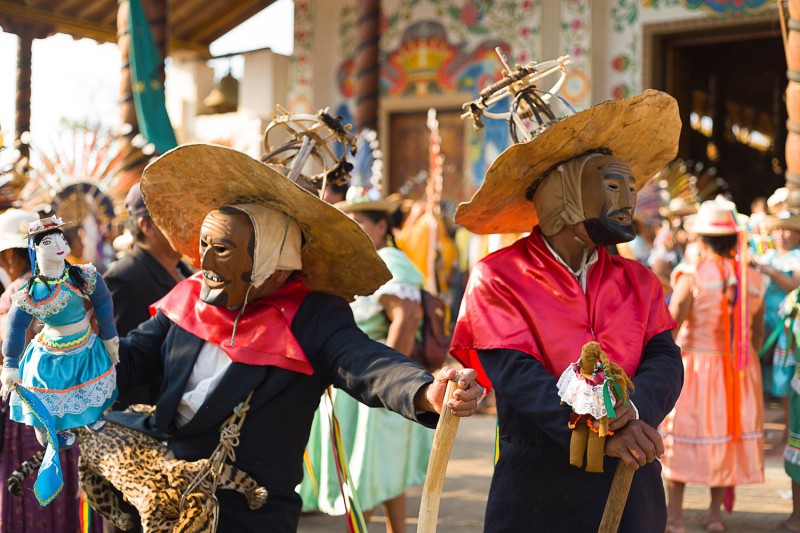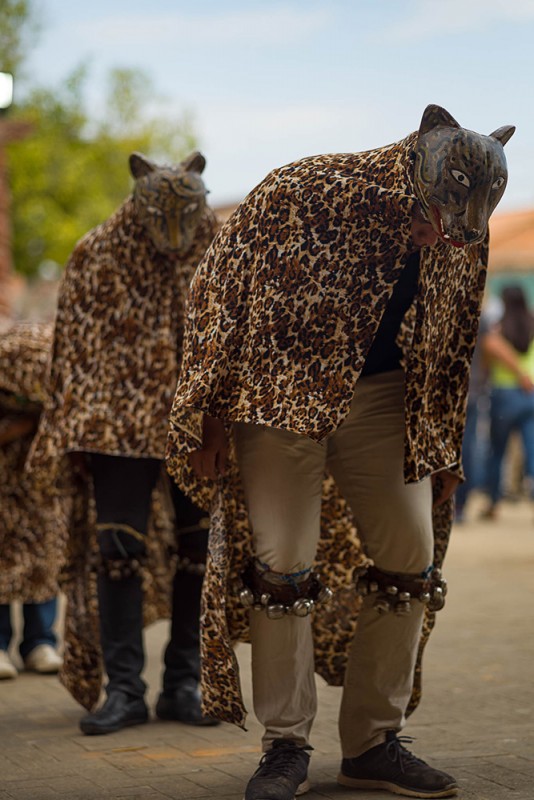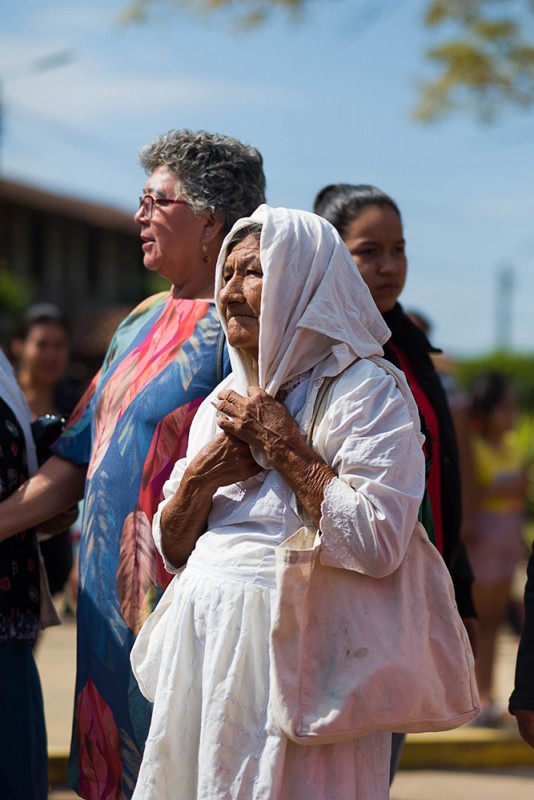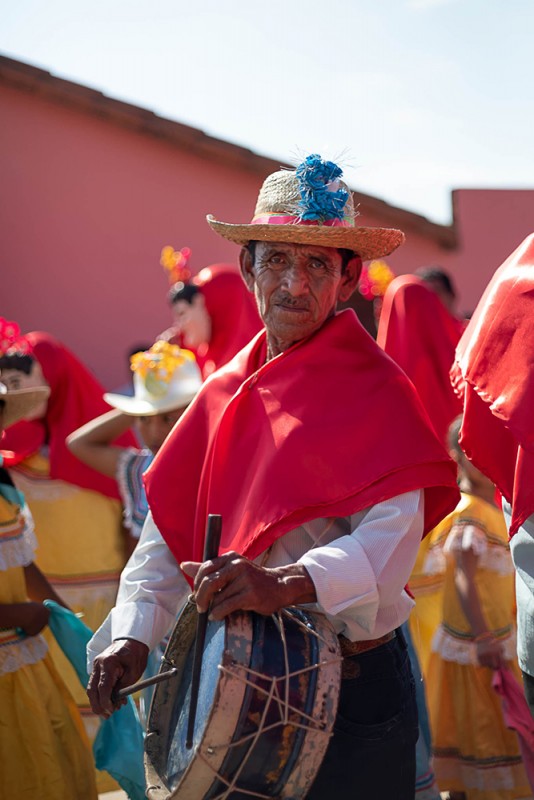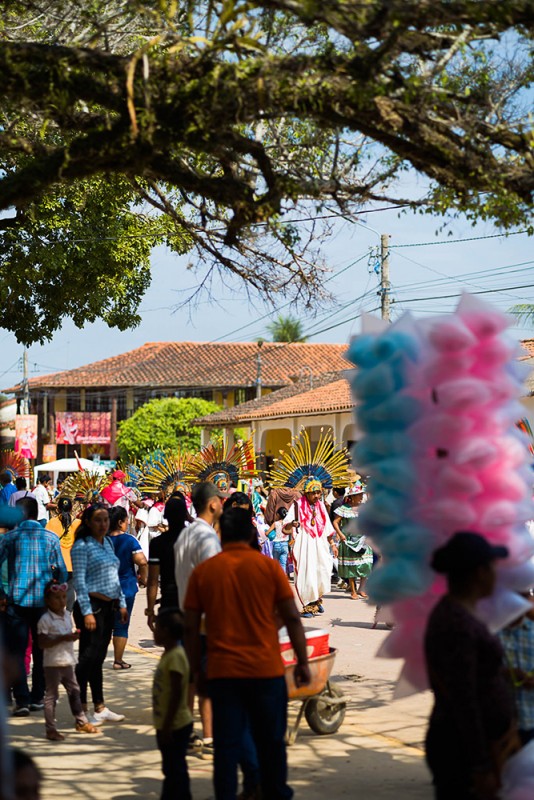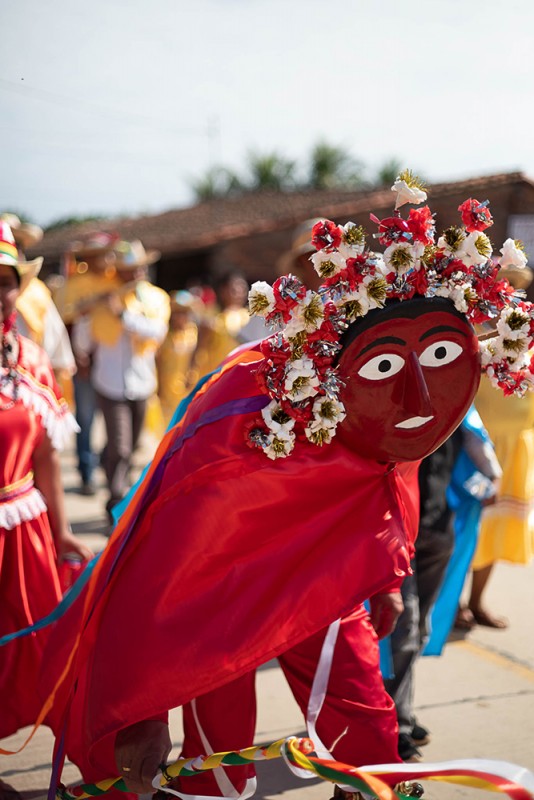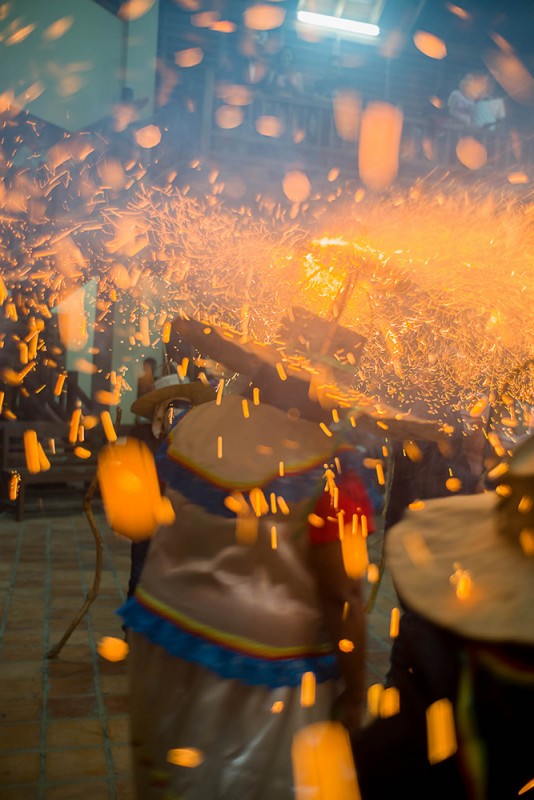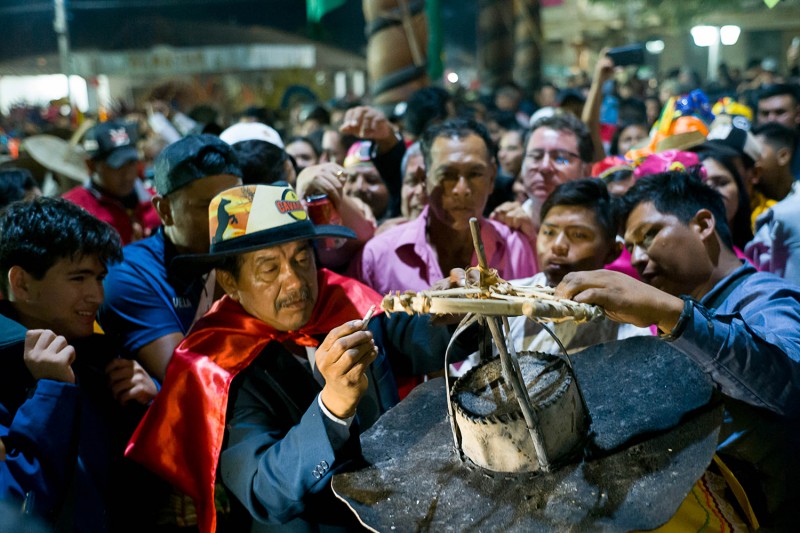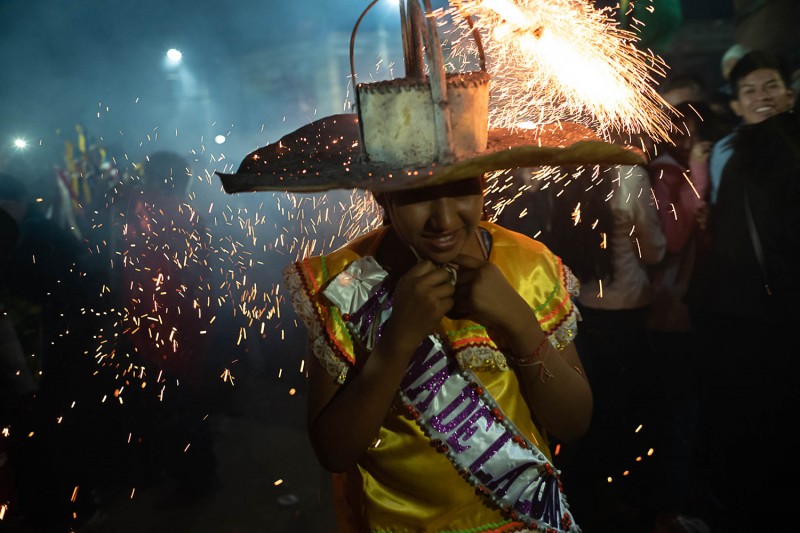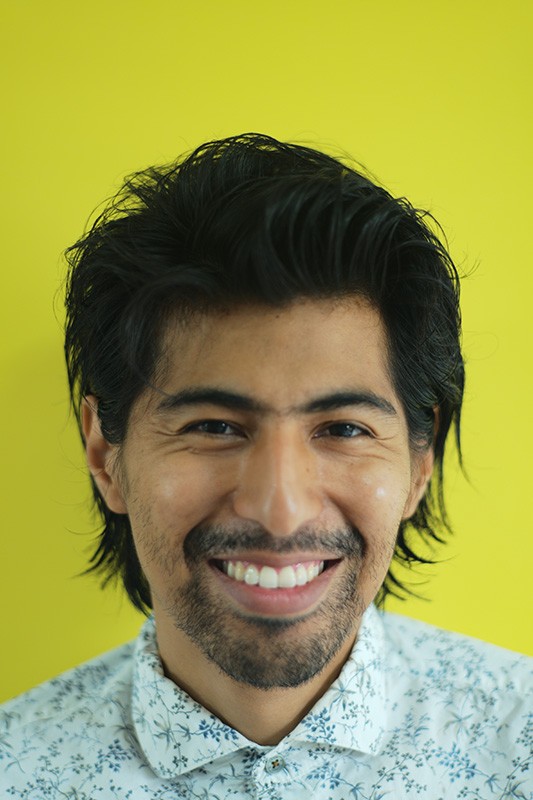Ichapekene Piesta Inasianuana
Ichapekene Piesta Inasianuana
Peter Verastegui
May 23, 2023

LFI: How did you come across this festival and why were you fascinated in photographing it?
Peter Verastegui:I came across this festival thanks to Rubén Poma, a Bolivian explorer who had a TV show called Jenecherú in the ’80s and ’90s. In his show he travelled across Bolivia going to the most remote parts of the country. I remember vividly the episode where he went to San Ignacio de Moxos, because it was in Beni, where my mom and her side of my family is from. I just loved that fact, I felt connected to it, and, of course, to the folklore, the colours, the craft. I remember asking myself how is it that all this still survives after so many years, and I didn’t know about it.
What is the significance of the festival for Bolivians?
The festival is a celebration of their culture, a source of pride. A way to say we are still here, still fighting to protect our lands and our way of life.
What were your photographic aspirations for this series, what did you want to convey, and how important is colour for you and the project?
I wanted to show friends, and people in general, the folklore from this side of Bolivia. As you may know, Bolivia is famous for being an Andean country, and most of what is known about Bolivia comes from places in the Andes, which I myself love and appreciate – things like the Oruro Carnival, a lovely display of culture. However, most people don’t even know that the Amazon spreads as far as Bolivia, and that there are cultures in those regions with a beautiful connection to earth. I wanted to show that.
Which camera did you use and how was it used – especially for the fast and dynamic shots that characterise your series?
I used a M10 with a Summilux 35mm f/1.4 for the wide angles and a Leica 90mm f/2 APO-Summicron-M ASPH for the close ups. I took the shots that were in motion at a distance that I knew was sharp, and set a fast shutter speed; then I followed the subjects keeping that distance. The distance wasn’t that big because I wanted to capture the expressions on their faces. The sparks that shoot from the wide-brim hats burned a few holes in my shirt, but I was having so much fun taking the photos that I didn’t realise that until after the event.
Peter Verastegui+-
Artist from Santa Cruz, Bolivia, who studied Graphic Design at the Corcoran College of Art + Design in Washington, D.C.. At one time, he worked as a graphic designer for the National Geographic Society, and was given access to all their library of photos. This inspired him to appreciate places in nature, cities, and people's faces – which is what he tries to capture in his photographs. More

